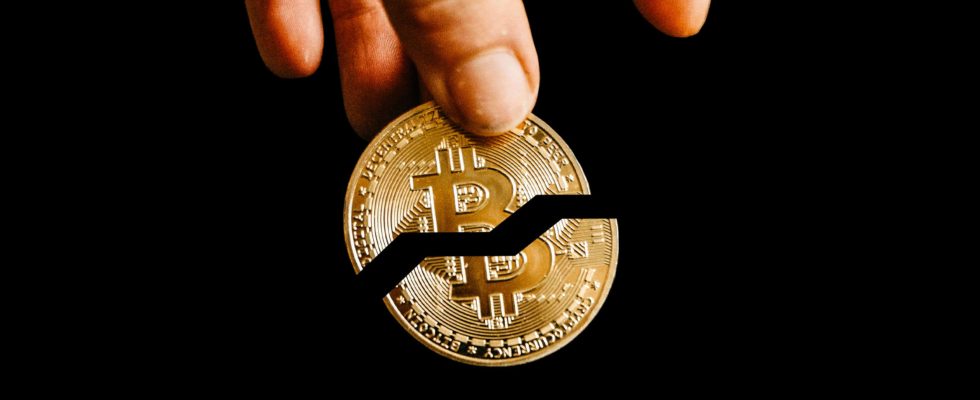Bitcoin (BTC) is on the agenda after the cryptocurrency’s fourth halving event. The leading cryptocurrency remained stable around $63,700. The halving affected the economics of the miners who power the Bitcoin ecosystem. Here’s what you need to know and what happened about the fourth Bitcoin halving event…
The fourth Bitcoin halving event took place at night
The much-anticipated Bitcoin halving event was finally completed on the night between Friday, April 19th and Saturday, April 20th. Thus, a programmed reduction in the rate of creation of new BTCs was achieved. The halving event, which occurs every four years, cuts mining rewards in half. The change went into effect at approximately 03:00 Turkish time. At block height 840,000, it was confirmed by data from analytics platforms such as mempool.space and Blockchain.com. Bitcoin price remained relatively stable following the halving and hovered near the $64,000 level.
Financial experts predicted opposite results. Some, like Bitcoin advocate Senator Cynthia Lummis, saw the halving as a bullish catalyst. Limited supply combined with increased demand from spot Bitcoin ETFs could theoretically cause the price to rise. However, as we reported as Kriptokoin.com, giants such as JPMorgan continued to be skeptical and claimed that the market had already priced in the halving.
What is the latest situation in Bitcoin price?
In the post-halving period, relative stability was seen in the Bitcoin price and hovered around $64,000. While this may seem bleak, it’s important to consider the broader context. Bitcoin has experienced a phenomenal 65% increase this year, fueled by the launch of spot ETFs. Halving undoubtedly poses a significant hurdle for Bitcoin miners. Their daily income is being cut in half, potentially causing billions of dollars in annual losses. Now the block reward has decreased from 6.25 BTC to 3,125 BTC. However, this impact may be mitigated if the Bitcoin price continues its upward trend.
According to experts, in the short term, there may be selling pressure from miners who want to compensate for the loss of revenue. However, historically Bitcoin prices peaked approximately 18-20 months after the halving event. This points to a potential price increase in September-October 2024, encouraging long-term investors to buy the dip. Although halving is an important event, it is not the only factor affecting the future of Bitcoin. Macroeconomic factors such as the Fed’s interest rate decisions and geopolitical tensions can also play an important role.
Transaction fees increased
Meanwhile, a record 37.6 BTC fees (more than $2.4 million) were added to the halving block (block 840,000), and fees remained much higher than normal in the hour after the halving. The winning mining pool for this block was ViaBTC, which was awarded Bitcoin rewards at the newly reduced rate of 3,125 BTC per block, worth approximately $200,000 at the current price. The halving block itself has become a point of interest. Competition between miners has intensified and some have been seen intending to use “Ordinals” and “Runes” to place messages or images within the block.

The fourth Bitcoin halving marks a turning point for the cryptocurrency. Although its immediate financial impact remains unclear, it has undoubtedly sparked debate about the future of Bitcoin. The coming months will be critical in determining whether the halving will act as a catalyst for further growth or as a temporary interruption in a larger correction. One thing is certain: the Bitcoin ecosystem continues to evolve. It attracts both passionate advocates and careful observers.
To stay up-to-date with the breaking news, follow us on twitter, Facebookand Instagram. Join us Telegram oath YouTube channels
